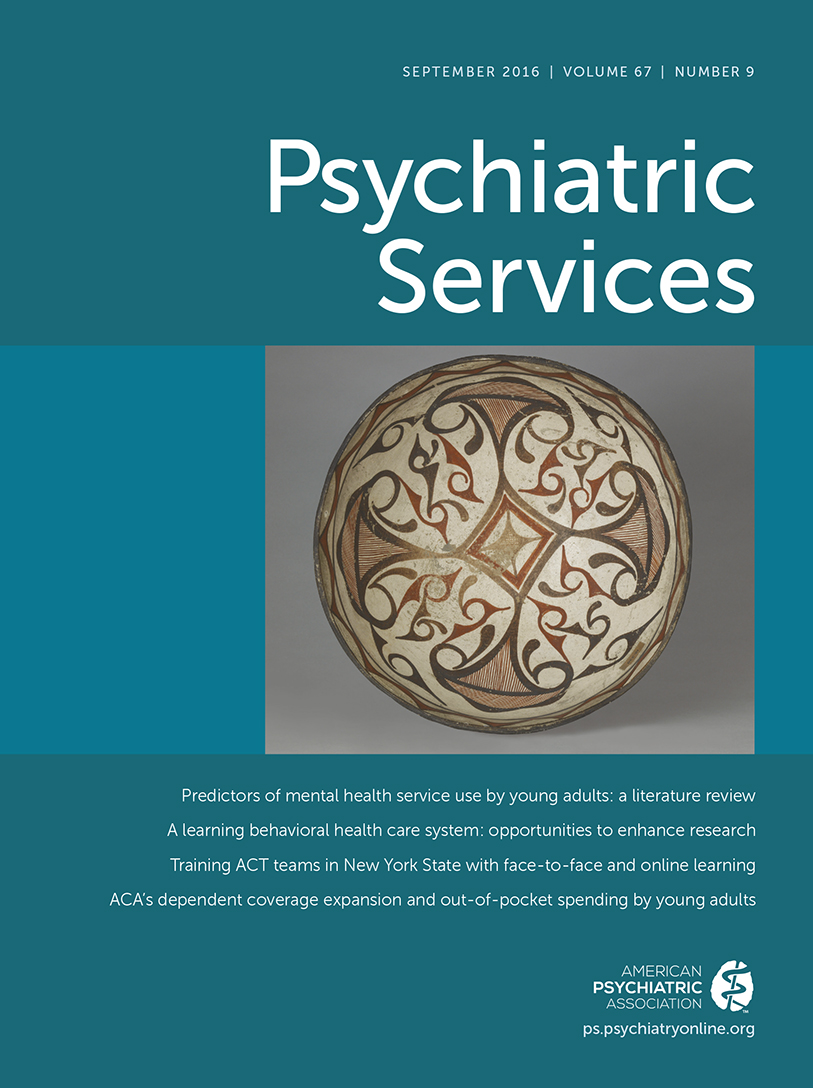Smoking Trends Among Adults With Behavioral Health Conditions in Integrated Health Care: A Retrospective Cohort Study
Abstract
Objective:
Individuals with behavioral health conditions (BHCs) smoke at high rates and have limited success with quitting, despite impressive gains in recent decades in reducing the overall prevalence of smoking in the United States. This study examined smoking disparities among individuals with BHCs within an integrated health care delivery system with convenient access to tobacco treatments.
Methods:
The sample consisted of patients in an integrated health care delivery system in 2010—a group (N=155,733) with one or more of the five most prevalent BHCs (depressive disorders, anxiety disorders, substance use disorders, bipolar and related disorders, and attention-deficit hyperactivity disorder) and a group (N=155,733) without BHCs who were matched on age, sex, and medical home facility. The odds of smoking among patients with BHCs versus without BHCs were examined over four years using logistic regression generalized estimating equation models. Tobacco cessation medication utilization among a subset of smokers in 2010 was also examined.
Results:
Although smoking prevalence decreased from 2010 to 2013 overall, the likelihood of smoking decreased significantly more slowly among patients with BHCs compared with patients without BHCs (p<.001), most notably among patients with substance use and bipolar and related disorders. Tobacco cessation medication use was low, and smokers with BHCs were more likely than smokers without BHCs to utilize these products (6.2% versus 3.6%, p<.001).
Conclusions:
Smoking decreased more slowly among individuals with BHCs compared with individuals without BHCs, even within an integrated health care system, highlighting the need to prioritize smoking cessation within specialty behavioral health treatment.



